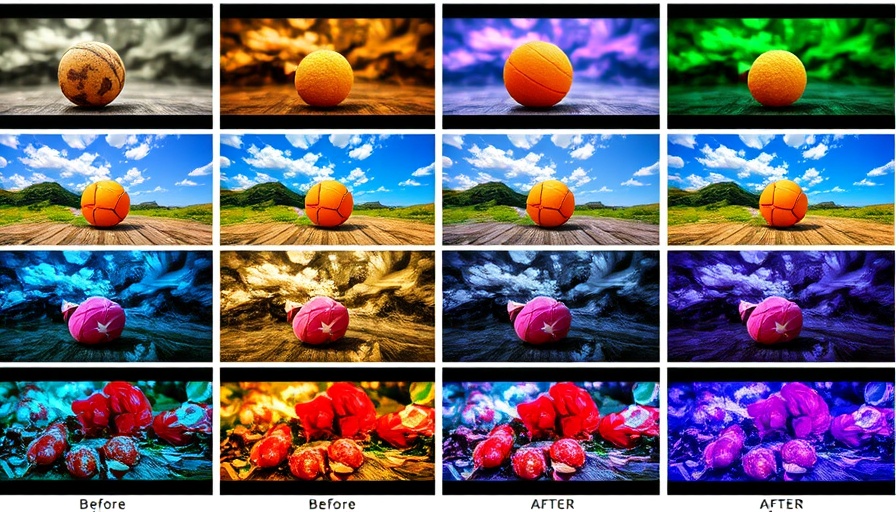
Revolutionizing 3D Scene Editing with AI
NVIDIA's groundbreaking innovation, DiffusionRenderer, is set to transform how we create and edit 3D images and scenes. Recently showcased at the Conference on Computer Vision and Pattern Recognition (CVPR 2025), held from June 11-15 in Nashville, this new AI tool integrates the traditional demands of computer graphics with the flexibility of generative AI. As Sanja Fidler, NVIDIA's VP of AI Research, highlighted, this tool aims to effectively bridge the gap between precision and creativity.
Understanding DiffusionRenderer's Core Capabilities
At its core, DiffusionRenderer harnesses the power of diffusion models, a sophisticated class of deep learning algorithms that progressively refine random noise into coherent and visually appealing graphics. This new approach presents significant advancements in rendering technology. By creating G-buffers—intermediate representations that outline specific attributes—DiffusionRenderer allows artists and developers to modify lighting and materials by transforming 2D videos into graphics-compatible scene representations.
The Convergence of Traditional Graphics and AI
The introduction of DiffusionRenderer marks a pivotal moment in the long-standing struggle to control generative AI outputs effectively. Traditionally, the creative process in computer graphics has been a cumbersome task requiring multiple steps: asset creation, relighting, and material editing. DiffusionRenderer simplifies this by integrating these traditionally time-consuming workflows into a seamless pipeline. This could lead to significant efficiency gains for content creators, allowing quicker iterations and more precise outcomes in visual production.
Implications for the Tech Industry
The implications of DiffusionRenderer’s capabilities are profound, extending beyond the immediate realm of 3D graphics. As industries increasingly rely on machine learning and artificial intelligence to enhance creativity and productivity, tools like DiffusionRenderer pave the way for a new standard in visual creation. Companies operating in fields ranging from gaming to film production stand to benefit from these advancements, as they streamline complex processes that previously hindered creative initiatives.
Looking Ahead: Future of AI in Graphics
As artificial intelligence continues to evolve, tools like DiffusionRenderer position NVIDIA at the forefront of a technological revolution—one that will likely redefine creativity and innovation in visual arts. This new approach not only opens the door to more sophisticated and personalized content generation but also raises questions about the future landscape of creative jobs in an AI-enhanced environment.
Continued advancements in AI will not only empower creators but also necessitate new ethical considerations regarding the use of AI-generated content. As we venture deeper into this AI-driven era, understanding these tools is essential to grasp their implications on society and various industries.
 Add Row
Add Row  Add
Add 




 Add Row
Add Row  Add
Add 

Write A Comment